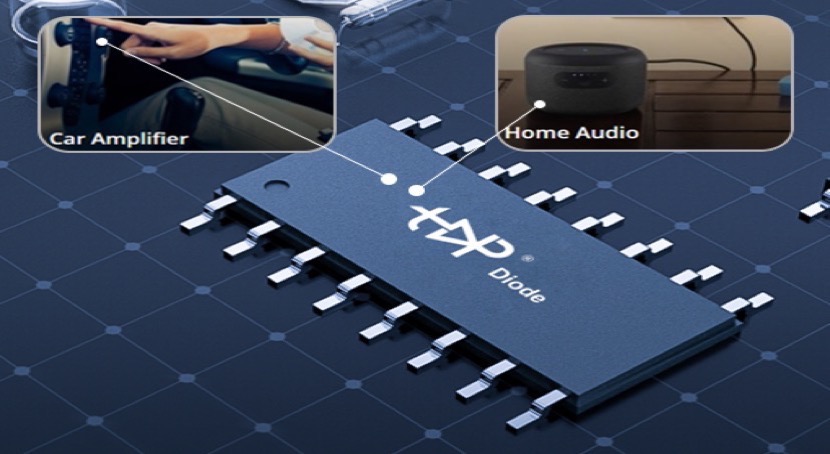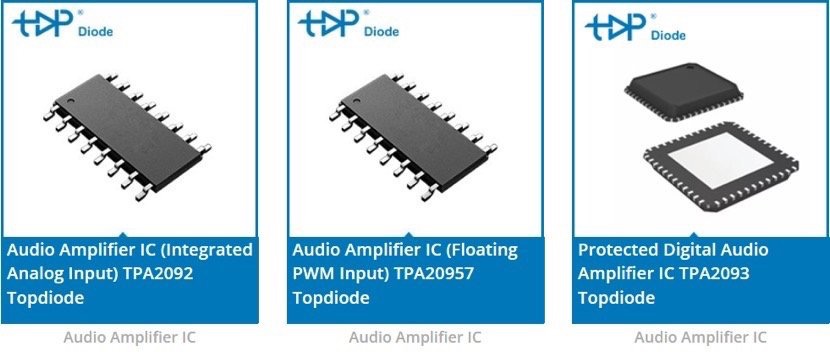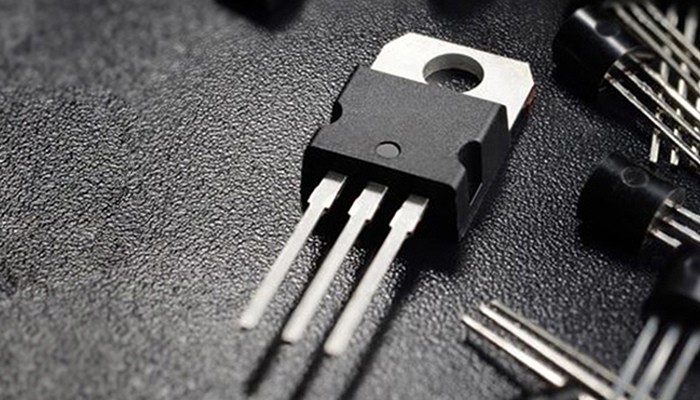How Audio Amplifier ICs Power Our Sonic World
In the heart of every device that brings sound to life – from the smartphone in your pocket and the Bluetooth speaker on your shelf to the sophisticated home theater system and the car stereo – lies a crucial component: the Audio Amplifier Integrated Circuit (IC). These tiny silicon marvels are the essential workhorses that transform weak electrical audio signals into powerful currents capable of driving speakers and headphones, filling our world with music, voices, and effects.

The Core Function: From Whisper to Roar
At its most fundamental level, an audio amplifier IC takes a low-level audio signal (often just millivolts from a source like a microphone, DAC, or tuner) and significantly increases its power (voltage and current) while faithfully preserving its waveform. This amplified signal possesses the necessary strength to physically move the diaphragm in a loudspeaker or transducer in headphones, converting electrical energy back into the sound waves we hear.
Evolution: From Tubes to Tiny Titans
The journey of audio amplification began with bulky, power-hungry vacuum tubes, progressed through discrete transistor circuits requiring meticulous component matching, and culminated in the modern audio amplifier IC. Integration offered revolutionary advantages:
- Miniaturization: Packing complex circuitry (pre-amplifiers, power stages, protection circuits) onto a single chip enables incredibly compact devices.
- Cost-Effectiveness: Mass production drastically reduces cost per unit compared to discrete designs.
- Reliability & Consistency:Precise semiconductor manufacturing ensures consistent performance and high reliability, free from the drift and matching issues of discrete components.
- Simplified Design: Engineers can leverage pre-designed, tested ICs, dramatically reducing development time and complexity for end products.
- Integrated Features: Modern ICs often include vital protection features (thermal shutdown, over-current, short-circuit protection), built-in tone controls (bass/treble), volume control, multiple input selection, and even digital interfaces (I2S, I2C).
Key Architectures: The Classes of Performance
Audio amplifier ICs are categorized by their internal circuit topology, known as “classes,” each with distinct characteristics:
* Class A: Offers the purest sound quality (lowest distortion) but is highly inefficient (typically <30%), generating significant heat. Used primarily in high-fidelity niche applications.
* Class B: More efficient (~50-60%) than Class A but suffers from “crossover distortion” where the waveform transitions between positive and negative halves. Rarely used pure in ICs.
* Class AB: The dominant class for decades. Combines elements of A and B, offering a good balance of acceptable efficiency (50-70%), manageable heat, and low distortion. Ubiquitous in car stereos, home audio receivers, and portable speakers.
* Class D (Digital/Switching): The modern powerhouse. Uses high-frequency switching (PWM – Pulse Width Modulation) to achieve exceptional efficiency (often >90%), minimal heat generation, and small size. While early designs had sonic limitations, modern Class D ICs rival Class AB in fidelity and dominate battery-powered devices (phones, laptops, Bluetooth speakers), soundbars, and subwoofers.
* Class G/H: Variations of Class AB that use multiple power supply rails or modulation to improve efficiency during high-power output bursts while maintaining AB-like sound quality, often found in higher-end home theater receivers.
Critical Specifications: Measuring Performance
Choosing the right amplifier IC involves understanding key specs:
* Output Power (Watts – W): The electrical power delivered to the load (speaker). Must be matched appropriately to the speaker’s impedance and power handling.
* Total Harmonic Distortion + Noise (THD+N): Measures the accuracy of the amplified signal compared to the input. Lower values (e.g., 0.01% or less) indicate higher fidelity.
* Signal-to-Noise Ratio (SNR): The ratio of the desired signal level to the background noise level generated by the amplifier itself. Higher dB values (e.g., >100 dB) are better.
* Efficiency (%): The ratio of output audio power to the total power drawn from the supply. Crucial for battery life and thermal management.
* Bandwidth (Hz): The range of frequencies the amplifier can reproduce effectively, typically covering (and exceeding) the human hearing range (20Hz – 20kHz).
* Channel Count: Mono (1 channel), Stereo (2 channels), or multi-channel (e.g., 5.1, 7.1 for surround sound).
The Ubiquitous Impact
Audio amplifier ICs are the silent enablers of our sonic landscape:
* Consumer Electronics: Smartphones, tablets, laptops, TVs, soundbars, headphones (wired & wireless), gaming consoles, Bluetooth speakers, portable radios.
* Home & Professional Audio: Stereo receivers, integrated amplifiers, power amplifiers, musical instrument amplifiers, PA systems, studio monitors.
* Automotive: Car stereos, head units, external amplifiers, active subwoofers.
* Computing: Desktop PC speakers, motherboard audio outputs.
* Industrial & Medical: Paging systems, intercoms, sonar, hearing aids, ultrasound machines.
Challenges and Future Directions
Despite their maturity, challenges remain:
* Thermal Management: Especially for high-power Class AB designs, heat dissipation is critical and requires heatsinks.
* EMI (Electromagnetic Interference): Switching amplifiers (Class D) can generate high-frequency noise requiring careful filtering and PCB layout.
* Power Supply Sensitivity: Performance can be impacted by the quality and stability of the DC power supply.
* Balancing Fidelity, Efficiency, and Cost: Continual optimization for specific applications.
Future trends focus on further improving Class D fidelity and efficiency, integrating more digital processing and control (DSP) directly onto the amplifier die, reducing component count even further, enhancing protection schemes, and developing ICs for emerging applications like high-resolution audio and immersive sound formats.

Conclusion
The audio amplifier IC is a cornerstone of modern electronics. From enabling the intimate experience of personal headphones to powering the thunderous impact of a concert sound system, these sophisticated chips master the delicate art of faithfully magnifying the electrical essence of sound. Their relentless evolution in efficiency, integration, and performance continues to shape how we experience audio, making them truly indispensable, if often unseen, heroes in our connected, sonic world.
If you want to explore more component,
please visit our website:https://www.topdiodes.com
Or send inquiry to : Luna@topdiode.com



